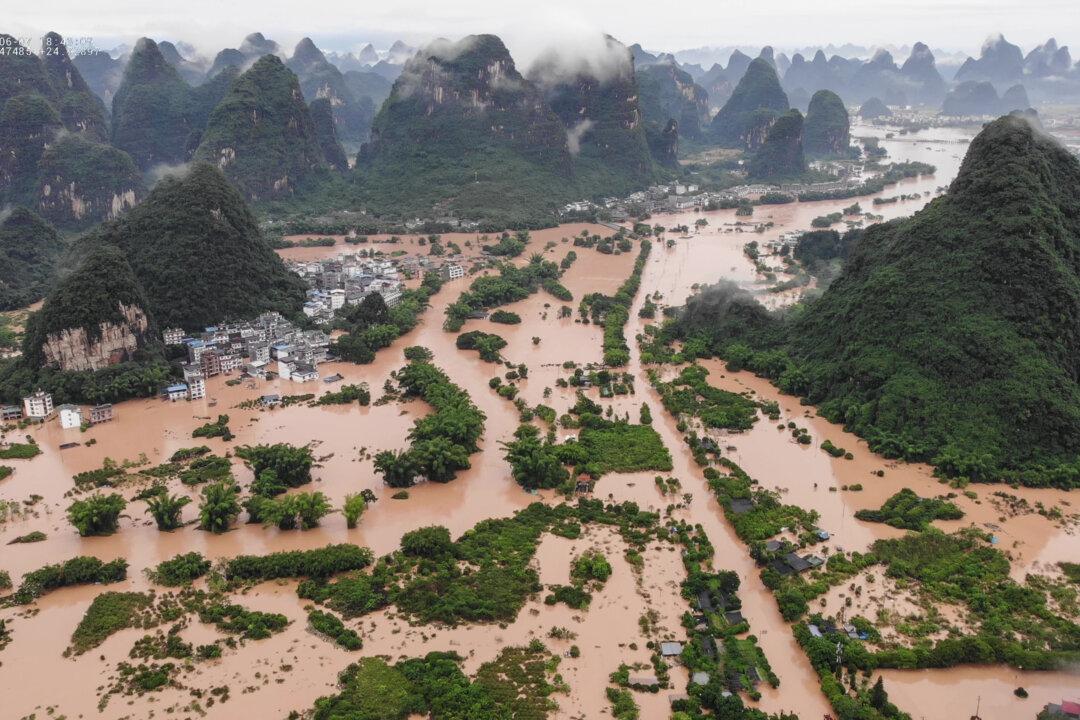Heavy rainfall has caused severe flooding in 26 Chinese provinces, with more than 11 million people losing their properties in the disaster, according to authorities.
But locals suspected that authorities were also secretly discharging water in reservoirs that had filled up with stormwater, worsening the flooding.





